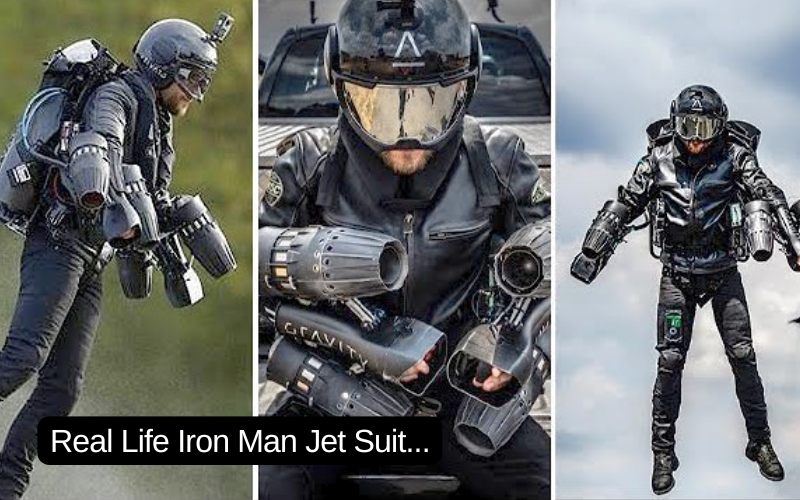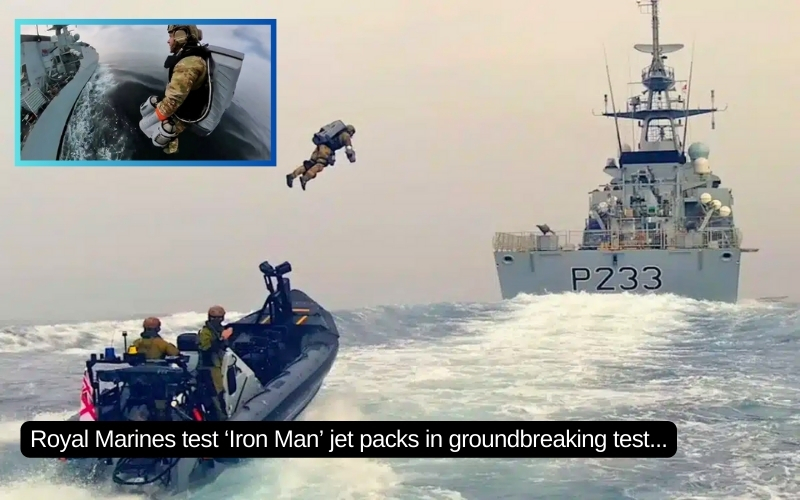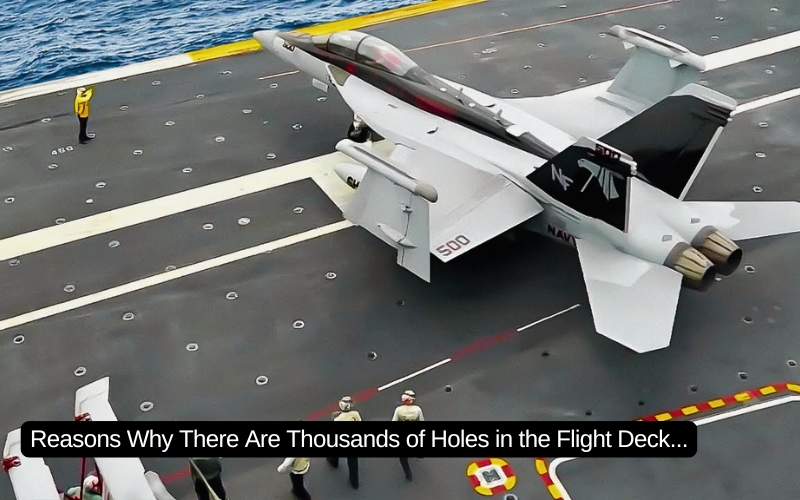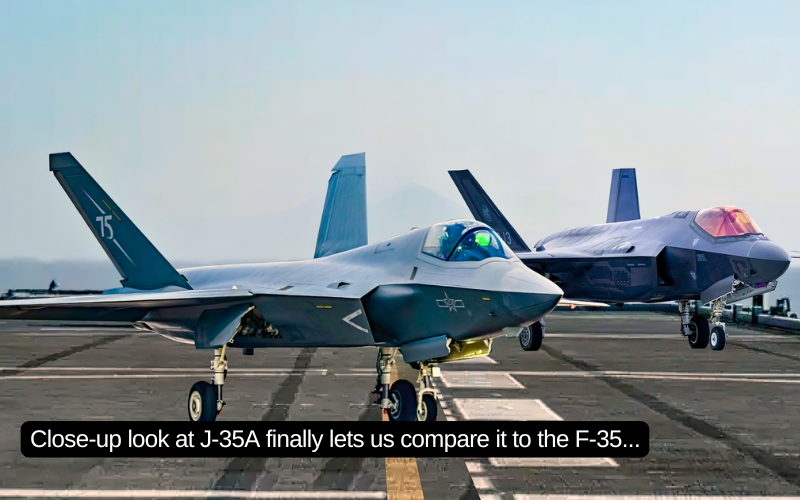The RAF is to lose 114 manned aircraft including Typhoon jets under the defence review announced today that puts faith in drones.
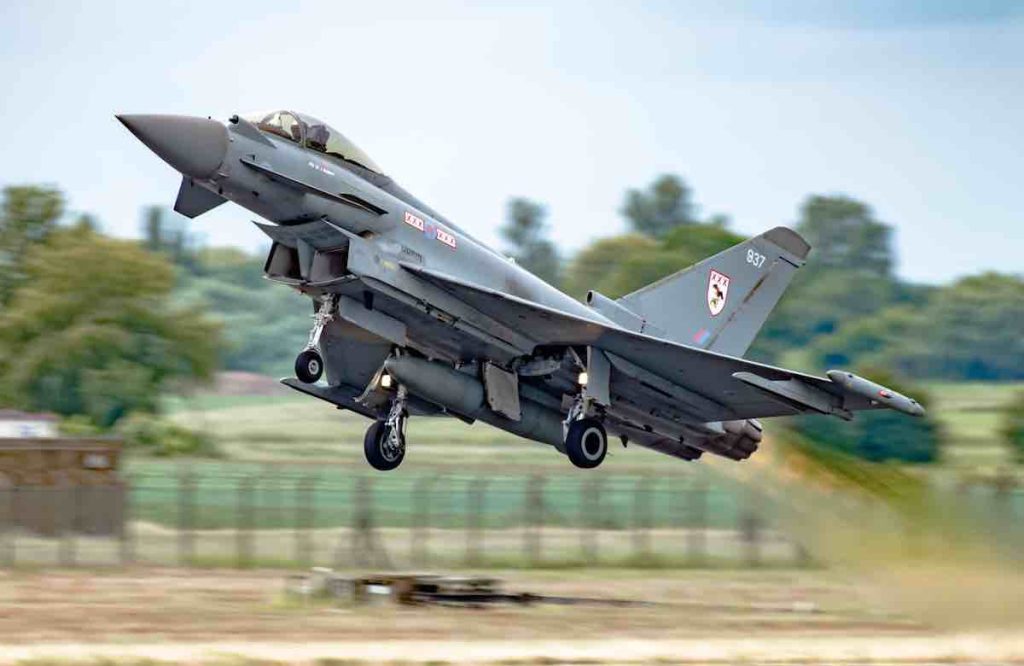
Under plans unveiled by the Government today a vast slew of fighters, transport aircraft, trainers and helicopters will be phased out over the next few years.
They will be replaced by the next generation of unmanned fighting platforms, including long-range Protector aircraft and ‘swarming drones’ that work alongside conventional attack aircraft.
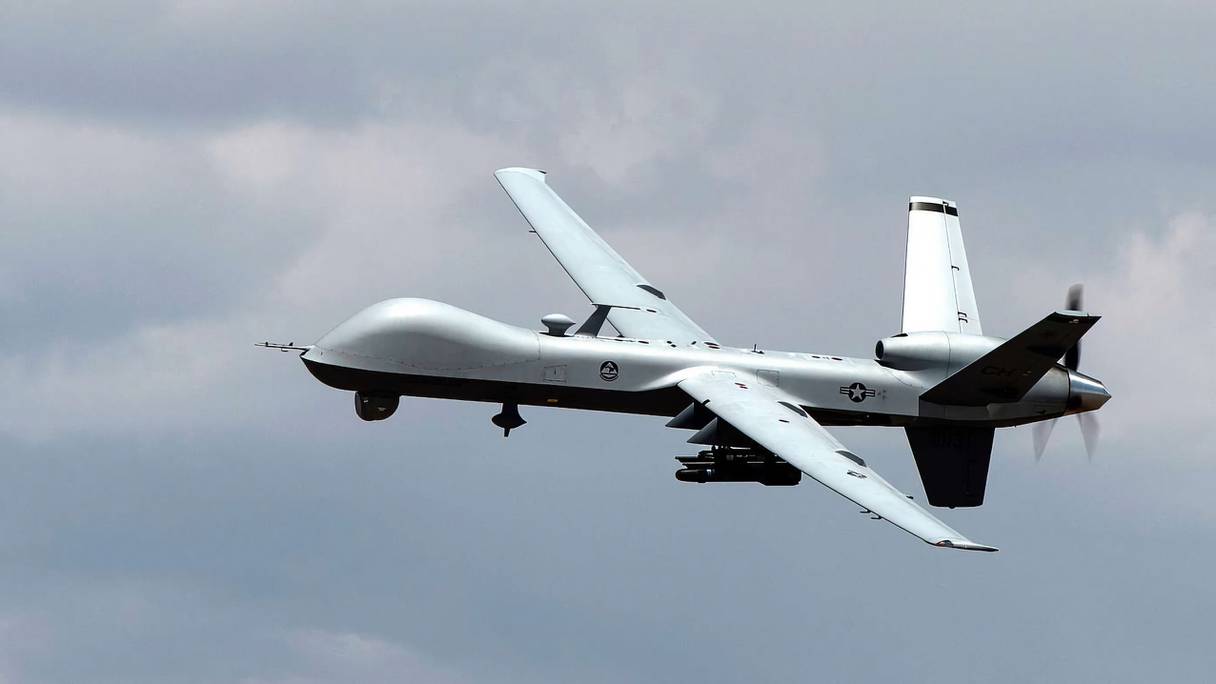
The changes were set out in a defence command paper that includes £3 billion for new vehicles, long range rocket systems, electronic warfare and cyber capabilities.
Titled ‘Defence in a Competitive Age’, it sets out how forces will spend more time deployed overseas to support allies and deter hostile powers such as Russia, which was identified in the Integrated Review as the ‘most acute threat’ to the UK.
It sets out plans to retire the RAF’s fleet of 14 Hercules C-130 transport aircraft, 24 Typhoon fighters, the four aircraft of the Royal Flight, 36 Hawk training jets, and seven E-3D Sentry early warning aircraft, plus 20 Puma and nine Chinook helicopters.
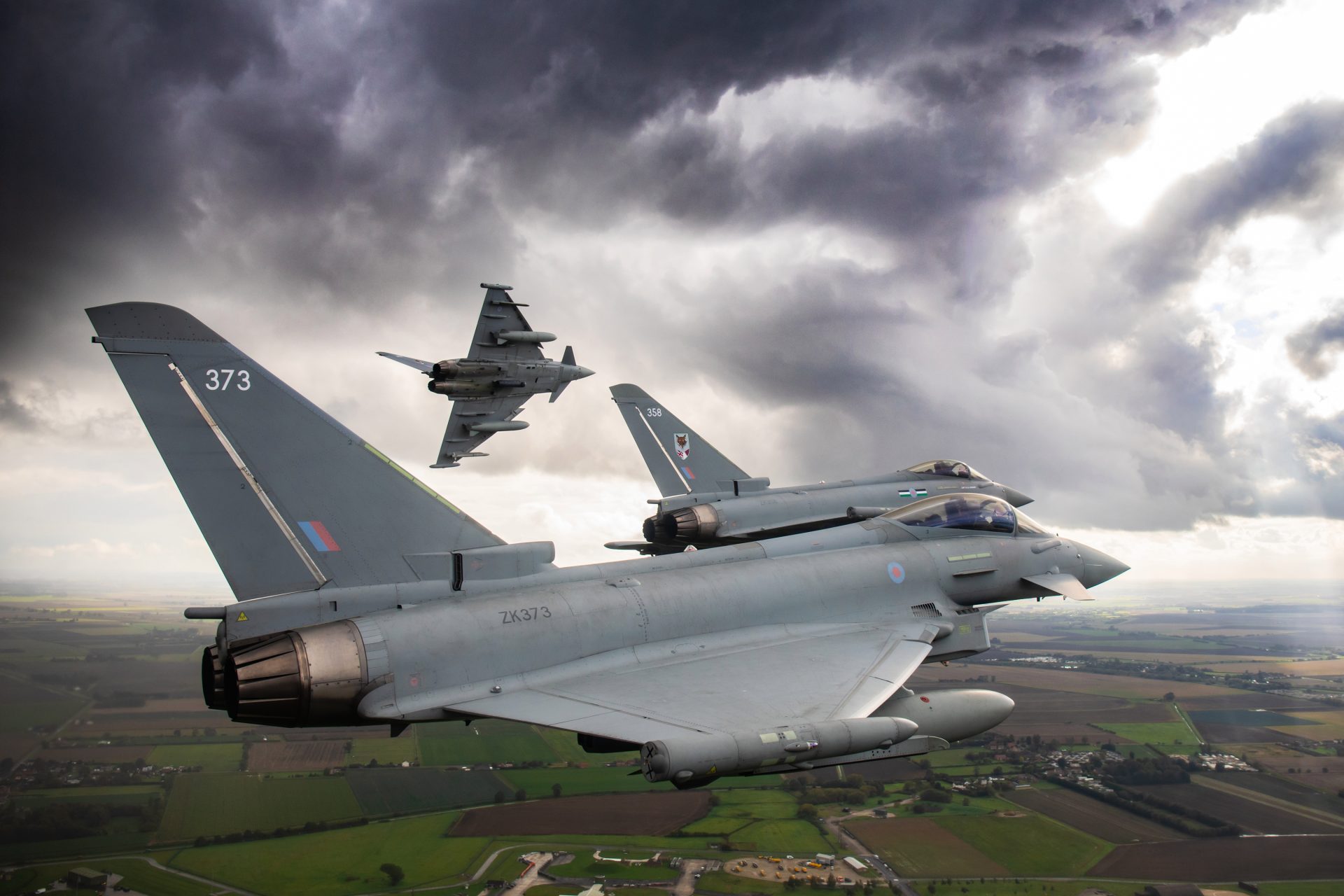
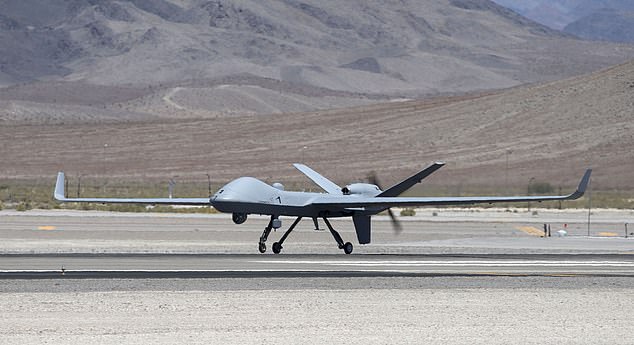
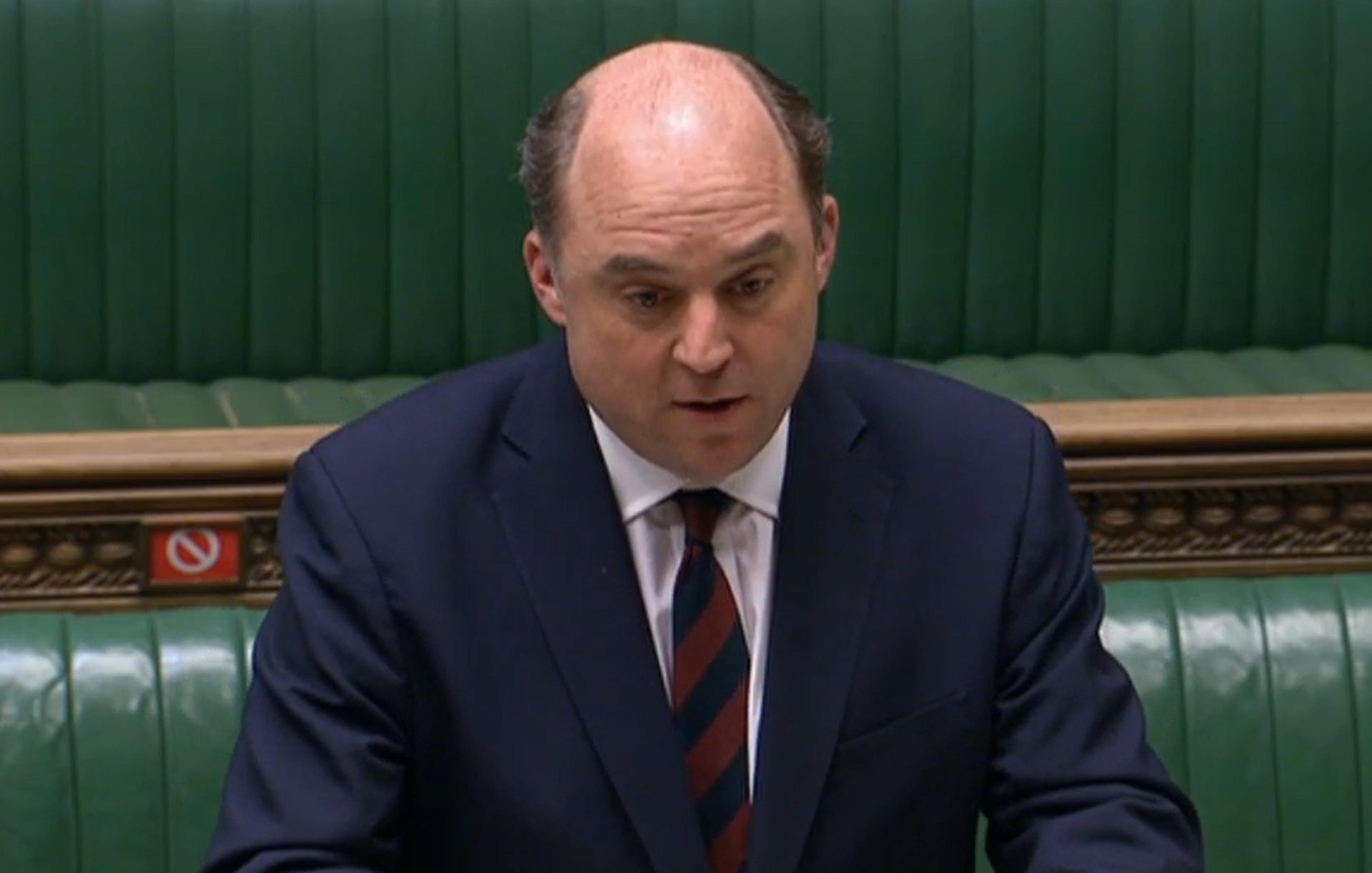
Video: Ben Wallace on military budgets outlined in spending review
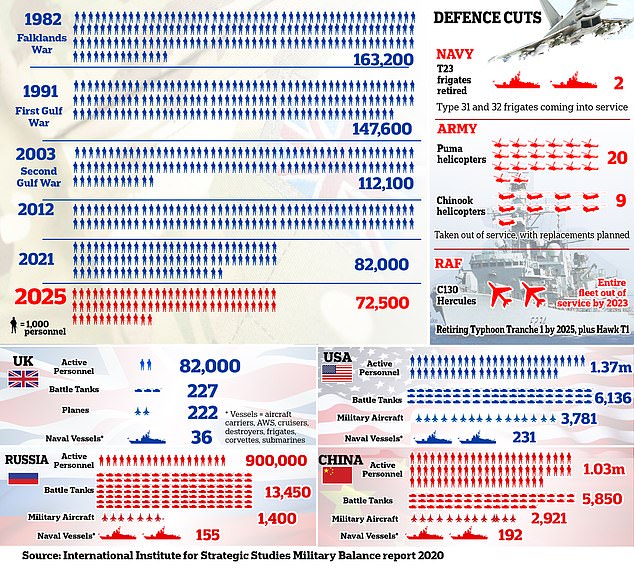
Defence Secretary Ben Wallace said the E-3D Sentry will be replaced by a ‘more capable fleet’ of three E-7 Wedgetail in 2023, telling MPs: ‘These will be based at RAF Lossiemouth, transforming the United Kingdom early warning and control capabilities, as well as contributing to Nato.
‘As the transport fleet improves availability, we will retire the C-130J Hercules in 2023 after 24 years’ service – 22 A400Ms alongside the C-17 will provide a more capable and flexible transport fleet.’
Mr Wallace said nine Reaper drones supporting counter-terror operations will be replaced by 16 Protectors in 2024, explaining: ‘These new platforms provide enhanced strategic ISR (Intelligence, Surveillance, Reconnaissance) and strike capabilities that are so vital for all our forces.’
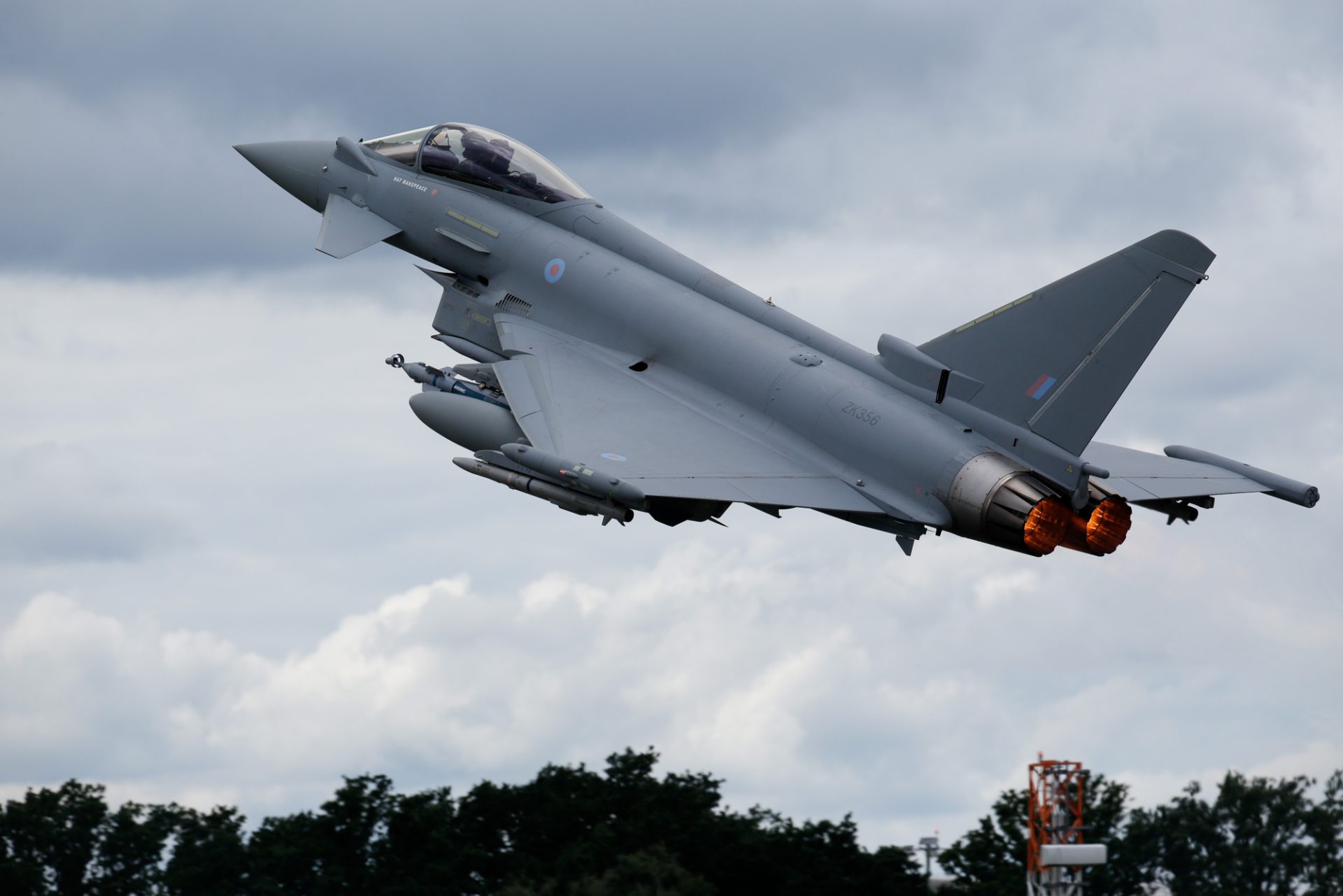
He hailed the Typhoon’s success before noting £2 billion will be invested in the ‘future combat air systems’ over the next four years, with development also taking place of ‘combat drone swarm technologies’.
Announcing the pivot towards unmanned aircraft the defence paper notes: ‘The introduction into service of the 16 long-range Protector remotely piloted systems will be the backbone of persistent, multispectral surveillance, with the ability to strike and act decisively against our potential adversaries around the globe.’
It also adds: ‘We will also make a strategic investment of more than £2bn over the next four years in the Future Combat Air System (FCAS).
‘FCAS will deliver an innovative mix of crewed, uncrewed and autonomous platforms including swarming drones.
‘This will deliver an advanced combat air system capable of fighting in the most hostile environments.
‘The development of novel technologies, and a step change in how we use simulators for mission rehearsal and training, will enable the Royal Air Force to be among the most technologically innovative, productive and lethal air forces in the world.’
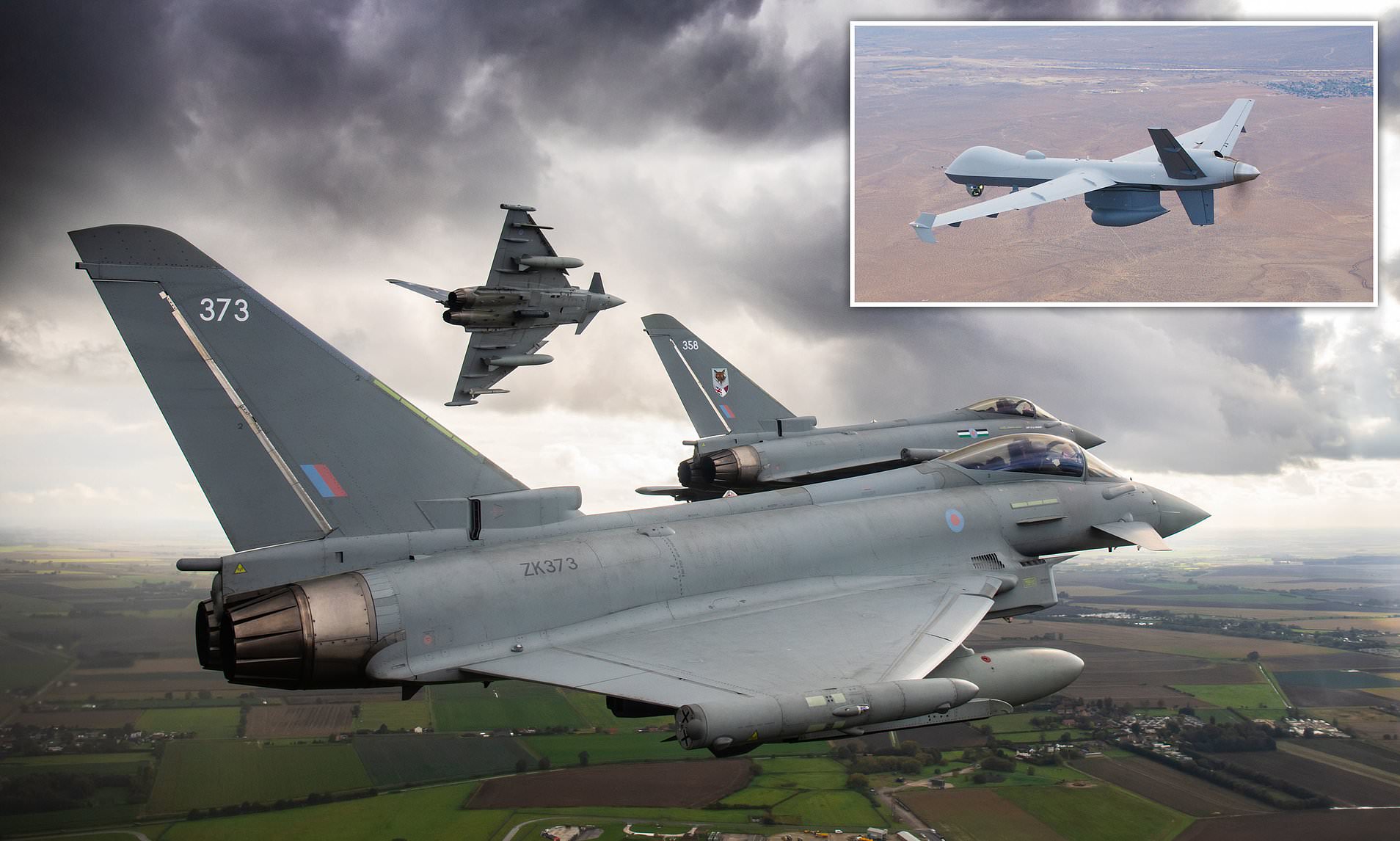
Mr Wallace said that previous reviews have been ‘overambitious and underfunded’.
Video: Ben Wallace confirms 10,000 troop cut to the size of British Army
He told the Commons: ‘In the past, we have been too tempted to fund equipment at the expense of our service personnel’s lived experience. That is why over the next four years we will spend £1.5 billion on improving single living accommodation and £1.4 billion on wrap around childcare over the next decade.’
Mr Wallace continued: ‘Previous reviews have been overambitious and underfunded, leaving forces that were overstretched and underequipped. This increased funding offers defence an exciting opportunity to turn our current forces into credible ones, modernising for the threats of the 2020s and beyond and contributing to national prosperity in the process.
‘It marks a shift from mass mobilisation to information age speed, readiness and relevance for confronting the threats of the future.’
Shadow defence secretary John Healey said he fears the review will ‘repeat many of the same mistakes’ of the past.
He told MPs: ‘We need this reassessment because the last two Conservative defence reviews have weakened the foundations of our armed forces. Cut our full time armed forces by 45,000, cut the defence budget by £8 billion, cut critical defence capabilities and upgrades largely to deal with budget pressures.
‘Now the Prime Minister promised an end to this era of retreat. The Defence Secretary pledged this review would be different. Yet I fear this defence review is set to repeat many of the same mistakes.
‘The strength of our armed forces cut again, crucial military capabilities cut again, plans to complete a full overhaul of the army in 10 years’ time again. So how can I say to the secretary of state does the Government square this circle?’
Warning the ‘threats to Britain are increasing’, Mr Healey added: ‘This is a plan for fewer troop, fewer ships, fewer planes, over the next few years.’
Share or comment on this article: UK defence review: RAF is to lose 114 aircraft including some frontline Typhoon fighters.

